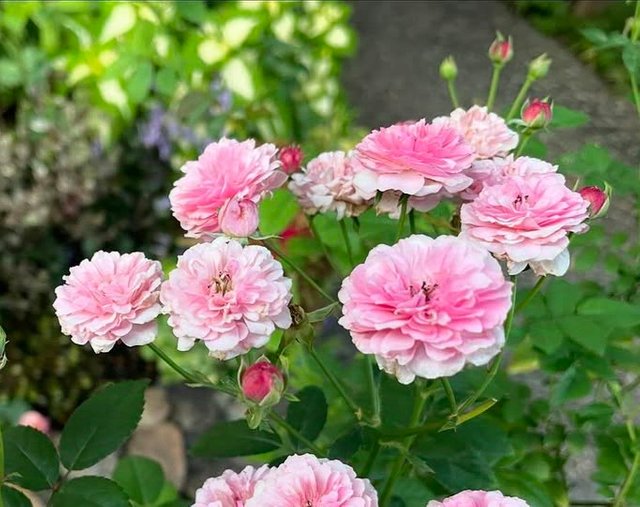



The rose flower has long been celebrated as a symbol of beauty, love, and passion. With its delicate petals, enchanting fragrance, and a stunning variety of colors, it continues to captivate hearts and inspire art, poetry, and emotions across cultures and generations.The rose is more than just a flower; it’s a messenger. Each color tells a story—red roses express deep love and admiration, white roses symbolize purity and new beginnings, yellow roses bring cheer and friendship, while pink roses convey gratitude and joy. These layers of meaning make the rose an integral part of human expressions and traditions.
The rose’s aesthetic appeal lies in its intricate design—soft petals arranged in a perfect spiral that unfurls into a full bloom. It thrives in diverse climates and has become a staple in gardens worldwide, thanks to its resilience and beauty. Modern hybrid roses come in an array of shapes, sizes, and shades, ensuring there’s a rose for every preference.Throughout history, roses have held a revered place in mythology, literature, and religion. From the ancient Greeks associating roses with Aphrodite, the goddess of love, to its prominence in Christian symbolism, the rose has been a timeless emblem of the divine and the earthly.
Beyond their visual charm, roses offer practical uses. Rose petals and oil are key ingredients in perfumes, skincare, and even culinary delights like rose water and jams. Their versatility extends their allure beyond mere decoration, making them an essential part of various industries.For many, roses evoke memories of special moments—be it a first bouquet, a wedding, or a heartfelt gift. Their enduring charm ensures they remain a timeless way to convey affection and appreciation.
The rose flower is more than just a bloom; it’s a living poem that speaks to the heart. Whether admired in a garden, gifted to a loved one, or cherished for its fragrance, the rose will forever be a symbol of nature’s unparalleled beauty.
Gracias
